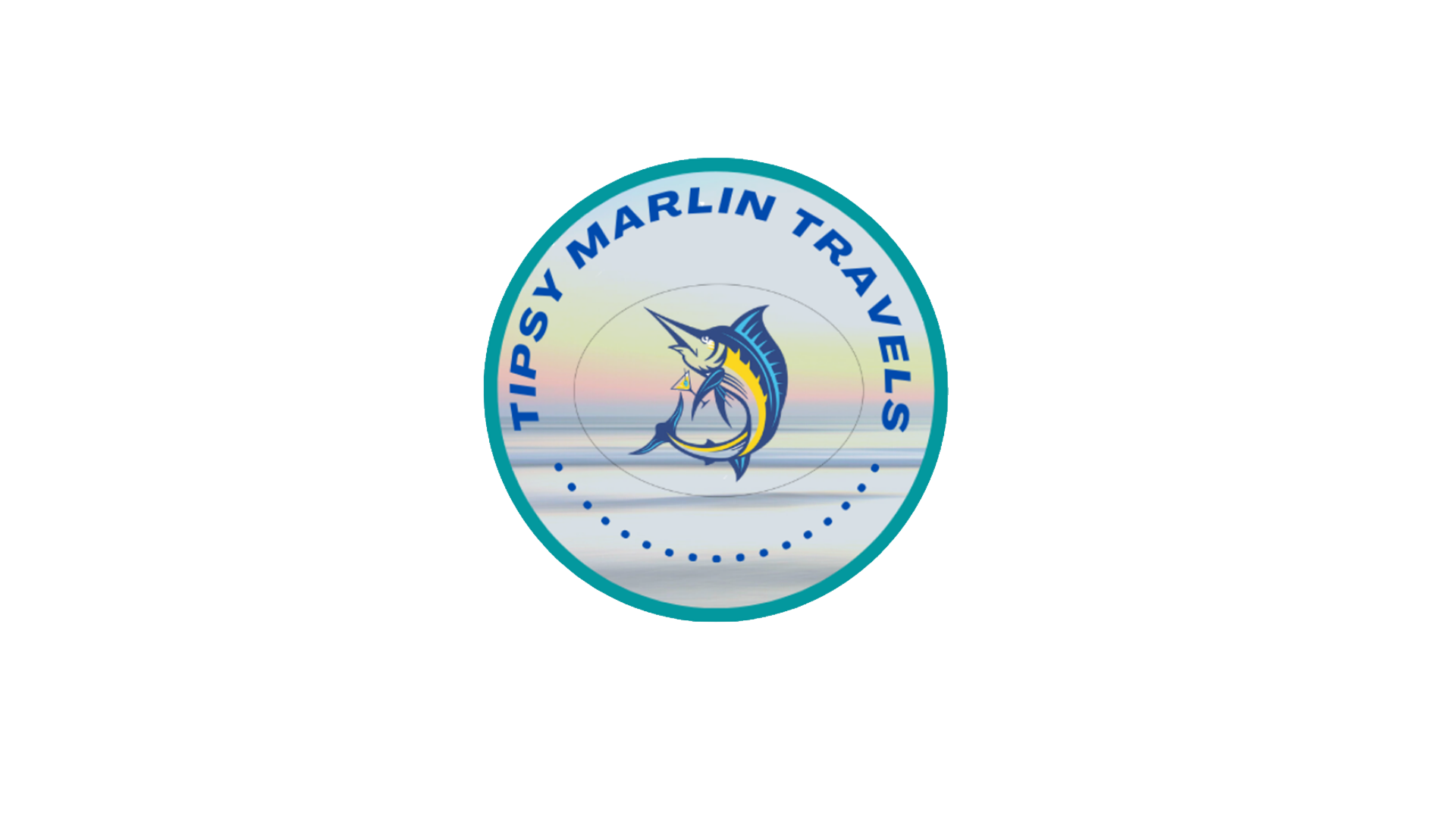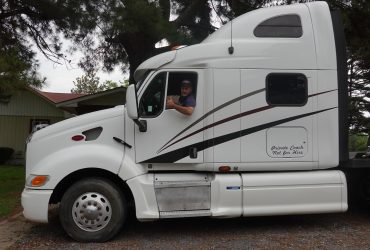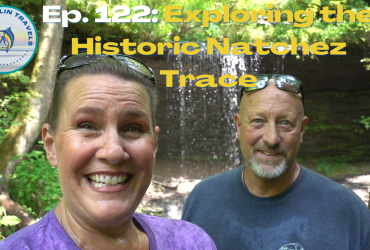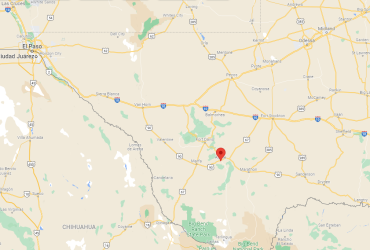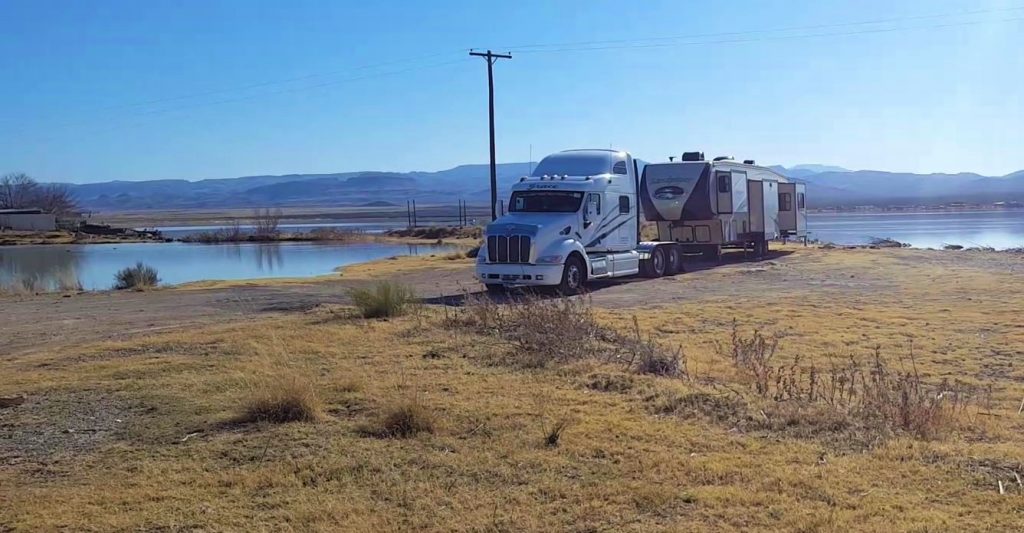
We get a lot of questions about our truck, like what we looked at before we bought her, what kind of ongoing maintenance she needs and what modifications we made to convert her from a working semi into our personal RV hauler.
We’ll go through all of these for you here, and hopefully answer a lot of questions. If you want to listen to Bubba discussing these modifications, you can find our YouTube video on the subject here:
Buying Considerations
Before looking at any trucks, we talked to a reputable heavy truck diesel mechanic in our area. We told him what we wanted to do with the truck, and he suggested we look for a pre-2007 Peterbilt with a Cummins engine. He said they’re known as workhorses and the older trucks don’t have all the new emissions features, which greatly reduce engine life. A Pete with a Cummins engine, he went on to say, could be repaired by just about any diesel mechanic in the U.S. Definitely an important feature when you’re on the road all the time.
The next issue is mileage. How many miles is too many? At what point are we asking for trouble?
It could be said those considerations are important with any used vehicle purchase, but particularly so when the vehicle has been driven practically nonstop its entire working life.
The truck we found had 909,000 miles on it when we bought it. It was a former fleet truck, which meant it had undergone regular maintenance. There had also been some work done already on the bottom end of the engine. (It isn’t unusual for these big engines to have a complete overhaul at around the one million mile mark). Knowing that at least some of that work was already completed put our minds more at ease.
These trucks are made to go a million miles or much farther, and we figured she had enough life left in her to do the job we needed her to do. (Bubba’s mom drove a truck that had over two million working miles on it, and it was still going strong).
In order to try to diagnose the health of the engine, we asked the seller to pull an oil sample and have it tested. This is a good indicator of the health of the engine and should be done by any prospective buyer. It will show if any water, metal shavings or other foreign debris is present in the engine.
We had the oil sample reviewed by our own mechanic, and he said all the readings looked good.
With all this information in hand, off we went to Michigan to see the truck first hand and test drive it.
How We Found Our Truck
Once we decided to at least consider a semi as our RV hauler, I began scouring online sales publications such as www.truckpaper.com and www.50000trucks.com, which is where we found our truck. Some Class 8 truck sales lots won’t sell to private individuals, so you may have to hunt around for a bit for the right match.
Registration and Insurance
Once we saw the truck firsthand, we decided it was the right one for us. We completed the purchase that day and headed back to Denver in her. We stopped at the local Walmart to buy some bedding and a few other odds and ends, so we could actually camp in the sleeper on the way home.
We passed through South Dakota on our way back, which was where we were establishing residency in preparation for hitting the road full time. We took care of registration in a matter of minutes.
We asked about the need for a special license with the truck, and were told that as long as it was only used for private purposes and we weren’t making any money hauling anything, it would be registered as a private truck. Therefore, we can drive it with our standard motor vehicle driver license and we don’t need to stop at any of the truck scales as we move around the country.
Insuring the truck was a bit trickier. There are quite a few insurance companies that will insure a big truck like ours, but when you add in that you’re a full time RVer, it changes things. We had been with Farmers, which will insure full timers, but they wouldn’t insure the truck. State Farm will insure the truck, but won’t insure full timers unless you are a transitioning, existing customer.
National General and Progressive are the two companies we found that will insure the truck, AND insure full time RVers. We have used both, with Progressive getting a slight edge on cost. Currently we pay about $275/month for the truck and the trailer, will full replacement coverage if anything happens.
Truck Modifications
Now that we had our new (to us) truck, what did we need to do to enable her to haul our fifth wheel? Here’s a quick rundown:
Remove the Commercial Hitch
There are RVers who haul their fifth wheels using the commercial hitch, but in our research we learned that the stiff suspension can, over time, cause the frame to crack where the overhang of the trailer meets the main body. We didn’t want to risk damaging our trailer, so we removed the commercial plate and purchased a Hensley air ride hitch. The hitch has its own airbags, so it really cushions the ride for the trailer.
We also figured that, by removing the commercial hitch, we were less likely to get confused with a commercial vehicle by DOT.
Add a Deck Plate
The truck had an open frame, and we needed something we could mount our fifth wheel hitch to. Bubba bought a 1/4″ thick sheet of steel and welded it to the frame of the truck, creating a solid base on which to mount our hitch and any other accessories we might need.
Truck Wiring
The truck and the trailer each have seven wires that run things like the turn signals and running lights, but the way they’re wired, they won’t “talk” to each other if you directly plug one into the other. We needed a way to make the truck and trailer play nice together so that all of our required driving lights were working properly.
We found a great device called a Jackalopee that will do just that. You mount it in the truck (ours is mounted on the back wall of the sleeper, under the bed). Then you take the cord that would normally plug into the semi trailer, and cut it in half (yes, scary). The end coming from the truck gets wired into one side of the Jackalopee, and the end running back to the trailer gets wired into the other side. Voila! Now you can plug your trailer into your truck, and everything works!
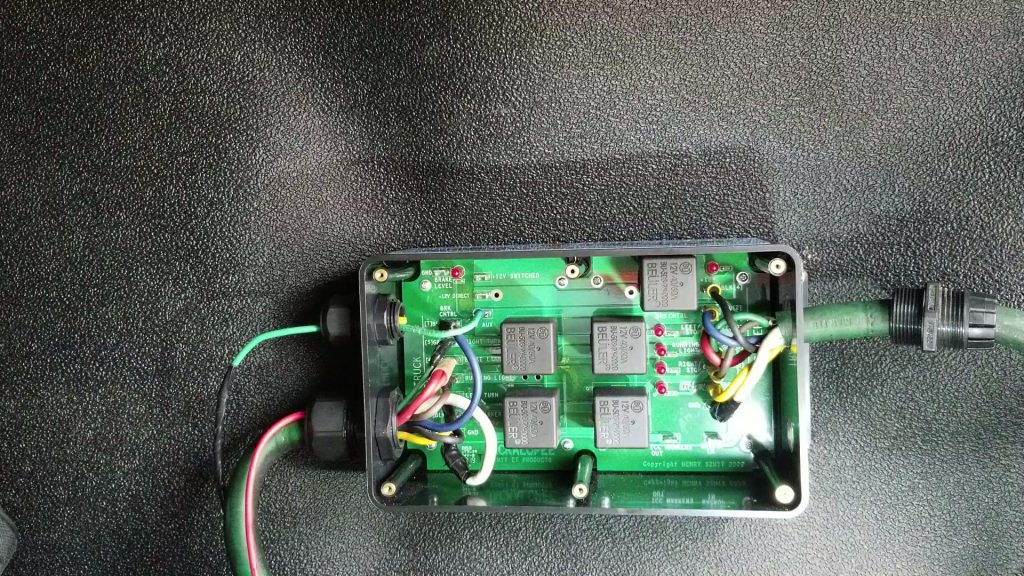
Fenders
We didn’t want the front end of our trailer getting dinged up from rocks and other debris being flung up from the tires, so we bought a set of aluminum fenders and put them on the truck. So far, we haven’t had any problems with rock chips.
Exhaust Modification
We also didn’t want the top edge of the trailer to be continually black with soot from the exhaust stack, so we diverted it to the underbelly of the truck, pointed toward the ground. This configuration is aptly called a “weed burner,” and it keeps all that soot away from the trailer.
Brake Controller
This one was a little tricky, in that the braking system on the truck is designed for a trailer with air brakes, and our RV has electric brakes. We bought a standard electric brake controller (about $50 at any automotive store) and connected the hot wire to the brake light wire on the truck. Works like a charm.
Mileage and Maintenance
The truck gets remarkably good fuel mileage for its size, about 10.5 MPG when hauling. This means on one tank fill-up, we can then drive about 1500 miles before having to stop and refuel. I love not having to stop every 300 miles for fuel!
Regular maintenance includes greasing the drive line joints regularly, and taking it in about every 15,000 miles for service. We usually go to T/A Truck Stops, where for about $300 they’ll change the oil (all 15 GALLONS of it), change the air filter and give it a good health check. The only other thing you need to change periodically are the two fuel filters.
We were paying about $150 for a similar service on our Ford F250 when we had it, so the maintenance costs aren’t too much more than before. We are starting to replace original hoses that are wearing out due to weathering, but Bubba has been able to do all of those himself. So far.
That pretty much wraps up everything we did to find our truck and turn her into our dream RV hauler. We hope this answers all of your questions, but if it doesn’t, please send your questions to us and we’ll be happy to help however we can.
